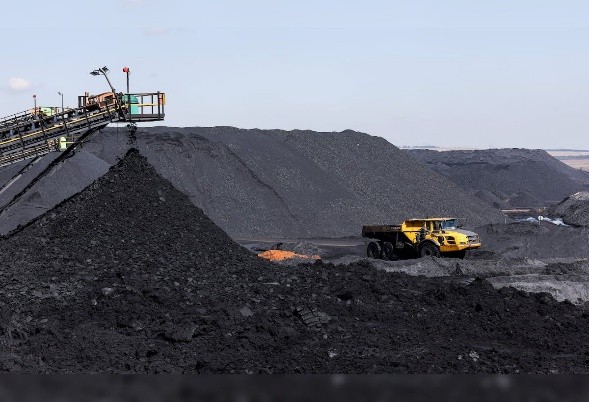SYLLABUS
GS-3: Indian Economy and issues relating to resources.
Context:
Recently, the Rajya Sabha has passed the Mines and Minerals (Development and Regulation) Amendment Bill, 2025.
More on the News
- The Mines and Minerals (Development and Regulation) Amendment Bill, 2025 was introduced in the Lok Sabha on August 11, 2025.
- The bill has already been passed by the Lok Sabha.
- The Bill seeks to amend the Mines and Minerals (Development and Regulation) Act, 1957.
Key features of the Bill
| Comparison between the Mines and Minerals (Development and Regulation) Act, 1957 and the Amendment Bill, 2025 | ||
| Provision | Mines and Minerals (Development and Regulation) Act, 1957 | Mines and Minerals (Development and Regulation) Amendment Bill, 2025 |
| Inclusion of other minerals in a mining lease | · Lease granted only for a specific mineral.· No detailed mechanism for adding minor/major minerals in existing leases. | · Lease holders may apply to the state government to add other minerals.· For inclusion of critical and strategic minerals, and other specified minerals, no additional amount need to be paid.o Critical & Strategic minerals (lithium, graphite, nickel, cobalt, gold, silver)· For inclusion of other minerals, the lease holder must pay an amount equivalent to the royalty for that mineral. · Centre may revise payment rules via notification.· For addition of a minor mineral to a mining lease issued for a mineral other than a minor mineral (major minerals), the state government may decide the royalty and other payments.· For inclusion of major minerals in minor mineral leases, the central government will prescribe rules. Atomic minerals above a specified grade cannot be included in non-atomic leases. |
| National Mineral Exploration Trust (NMET) | · NMET was established to fund mineral exploration.· All lessees are required to pay two percent of royalty into the Trust. | · The Bill widens the scope of the Trust to also fund development of mines and minerals.· Funds can be used for offshore & international projects.· Bill also renamed the National Mineral Exploration and Development Trust (NMEDT). · The Bill increases the rate of contribution to three percent of the royalty. |
| Sale of minerals from captive mines | · Captive mines are allowed to sell only up to 50% of minerals produced in a year after meeting end-use requirements. | · The Bill removes the limit on sale of minerals. · The Bill also empowers state governments to allow sale of mineral dumps stacked in the leased area up to a date specified by the central government. |
| Deep-seated minerals (minerals which occur at a depth of more than 200 metres below the surface of land) | No provision for automatic area extension. | · The Bill allows for a one-time extension of the area under a mining or composite lease. · The mining area may be extended by up to 30% of the existing leased area under a composite licence and by up to 10% of the existing leased area under a mining lease.· A composite licence provides rights for both prospecting and mining. |
| Mineral exchanges (a registered electronic trading platform or marketplace for trading minerals and metals). | No provision for mineral exchanges. | · Establishes authority to register & regulate mineral exchanges (electronic trading platforms).· Centre to frame rules on:o manner of registrationo levy of fees and other charges,o prevention of insider trading and market manipulationo grievance redressal. |
India’s Position on Mines and Minerals
- The government has brought revolutionary changes in the mining sector, resulting in higher production of coal and minerals.
- India is the second-largest coal producer and the second-largest coal consumer.
- The states have received 6 lakh 85 thousand crore rupees from the Centre due to the transparent allocation of mines, which was merely 68 thousand crore rupees ten years ago.
- India’s coal production has crossed one billion tonnes for the first time.
Mines and Mineral allocations in Budget 2025–26:
- Ministry of Coal allocation: ₹501.2 crore (↑255% from last year).
- Major focus areas: Coal/lignite exploration (₹750 crore via NMET) and gasification (₹300 crore).
- Safety & R&D: ₹92.5 crore for mine safety and infrastructure, ₹30 crore for R&D.
- Ministry of Mines allocation: ₹3,038 crore, with focus on reforms and resource security.
- National Critical Mineral Mission: ₹410 crore in 2025–26, as part of a larger ₹34,300 crore fund over seven years.


